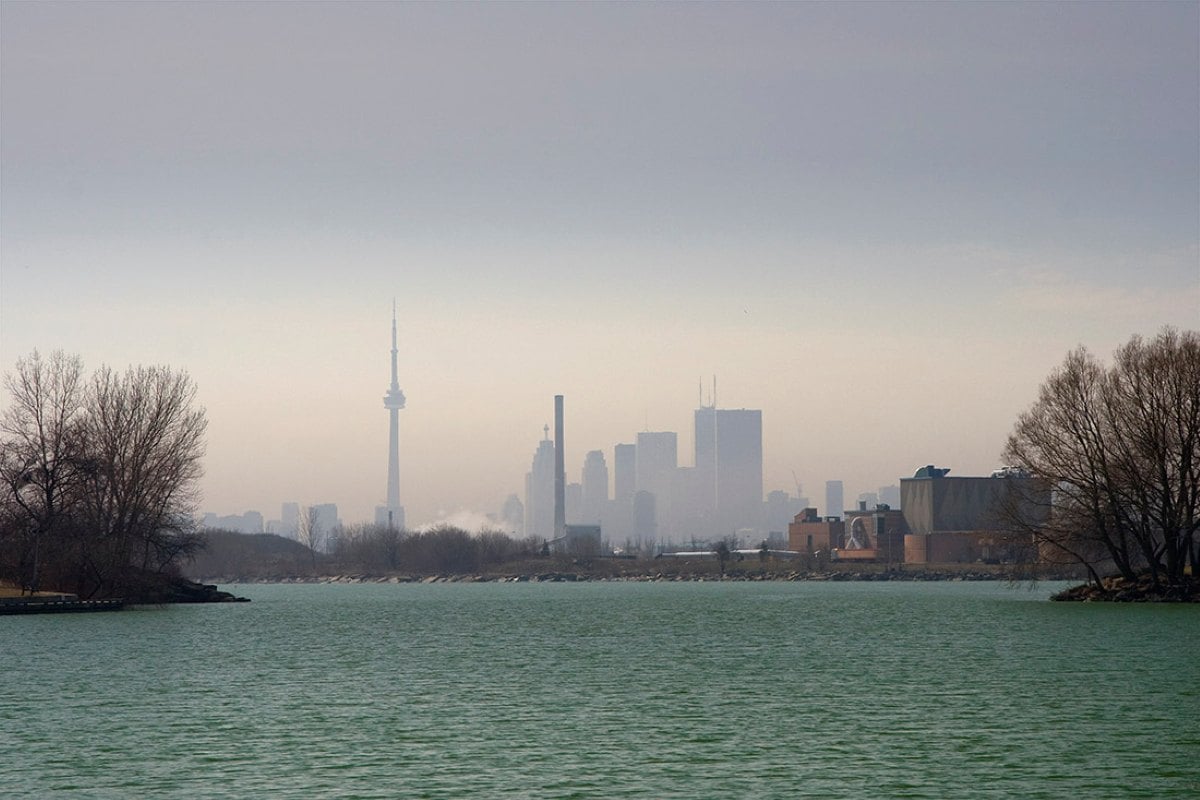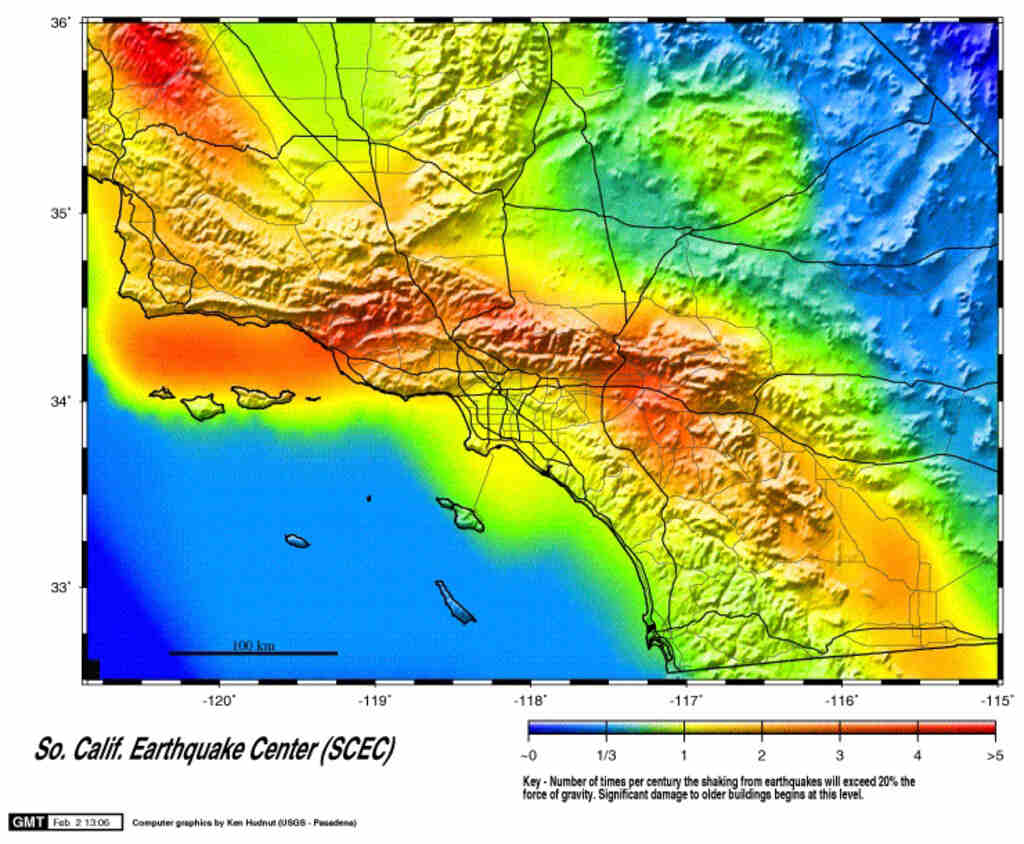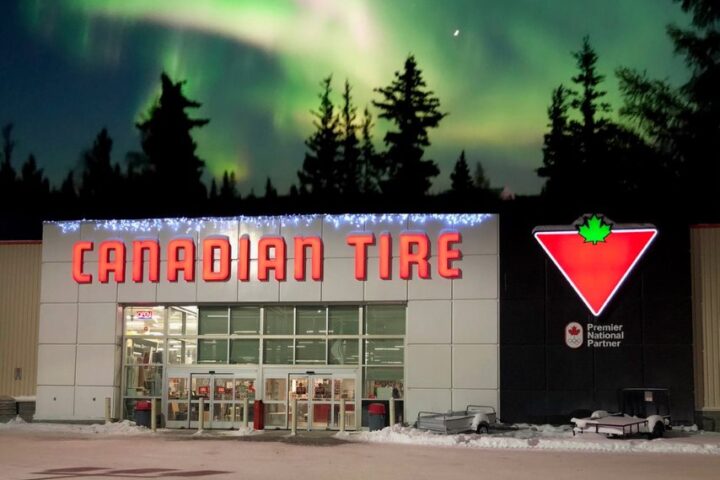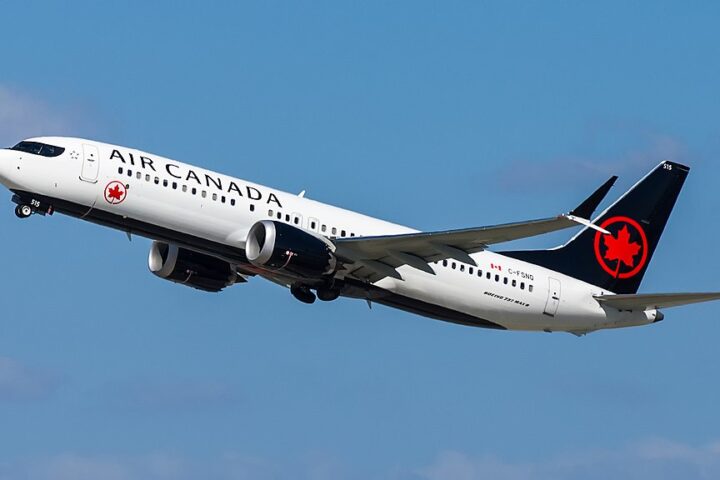Toronto’s skyline has turned hazy again as smoke from Prairie wildfires drifts east across the city. Environment Canada issued a special air quality statement Wednesday evening that remains in effect, warning residents about poor visibility and breathing conditions that could last until Thursday afternoon.
“Smoke is causing or expected to cause poor air quality and reduced visibility,” Environment Canada said in its July 30 advisory. Air conditions reached an AQHI reading of 6 on Wednesday night, placing Toronto in the “moderate risk” category.
The smoke plume originated from intense wildfires burning across Manitoba and Saskatchewan, traveling hundreds of kilometers before settling over southern Ontario. This comes right as the heat warning that had gripped the city since Saturday finally lifted, with Thursday expected to be cooler with a high of 23°C.
For many Torontonians, this marks another unwelcome round of air quality concerns in what’s becoming a familiar summer pattern. Just two weeks ago, on July 16, IQAir ranked Toronto as the ninth most polluted major city worldwide due to wildfire smoke.
Similar Posts
Doctors warn that wildfire smoke contains tiny particles called PM2.5 that can irritate lungs and worsen existing health conditions. These microscopic bits of ash and chemicals measure less than 2.5 micrometers across—about 30 times smaller than a human hair—yet cause the most health problems.
“As smoke levels increase, health risks increase,” Environment Canada advised. Common reactions include coughing, scratchy throats, and headaches. People with asthma, heart disease, and other chronic conditions face higher risks, along with children, pregnant women, and seniors.
Health Canada research shows wildfire smoke’s impact extends far beyond discomfort. Their studies estimate between 570-2,500 premature deaths occur annually in Canada from wildfire smoke exposure, with economic costs for chronic health impacts reaching billions.
The current air pattern shows improvement on the horizon. Environment Canada forecasts the AQHI will reach 7 (high risk) on Thursday, drop to 4 by Thursday night, and fall to 3 (low risk) by Friday.
If you’re wondering how to stay healthy during smoky conditions, health experts recommend several practical steps. Staying indoors with windows closed helps, especially if you run air conditioning on recirculate mode. Using an air purifier with a HEPA filter catches those troublesome PM2.5 particles before they reach your lungs.
For anyone needing outdoor time, limiting physical activity reduces how much smoke you breathe in. If you must be active outside, consider wearing an N95 mask, which can filter out many harmful particles.
The 2025 wildfire season has already burned more than 5.6 million hectares across Canada.
Weather patterns play a key role in both fire spread and smoke movement. Environment Canada meteorologists note a low-pressure system passing through the Prairies — currently in northern Saskatchewan and expected to move into Manitoba and northwestern Ontario by Monday — is expected to bring precipitation for areas hit by out-of-control forest fires. That system is not expected to bring much relief in northern Alberta, however, where there is little rain in the forecast.
Climate researchers have tracked concerning trends in Canadian fire patterns. Forest fire seasons have lengthened by about 20 days over the past three decades, with both fire intensity and frequency increasing alongside rising temperatures.
For real-time air quality updates, Toronto residents can check Environment Canada’s AQHI website, use the WeatherCAN app, or call the air quality information line at 416-246-0411.
While most smoke-related symptoms clear up when air quality improves, anyone experiencing serious breathing difficulties, chest pain, or unusual heart rhythms should seek immediate medical attention.
As communities adapt to more frequent smoke events, public health officials recommend creating a household plan before air quality worsens. This includes identifying “clean air rooms” in your home and knowing where community cooling centers with air filtration are located. With winds expected to shift Thursday, Toronto should see gradual clearing from north to south, bringing welcome relief from this latest round of smoky skies.



















